
Powerful Cyclone Hits the Solomons, Vanuatu, Fiji, Tonga
Solomon Islands
The most powerful storm to develop in the South Pacific basin in more than two years, severe Tropical Cyclone Harold has now left a trail of destruction across four nations. After developing between the Solomon Islands and Papua New Guinea on April 1, Harold almost immediately claimed 27 lives in the Solomon Islands. A ferry defied cyclone warnings, departed the densely-populated capital of Honiara in deteriorating conditions, and lost 27 souls overboard to a large wave.
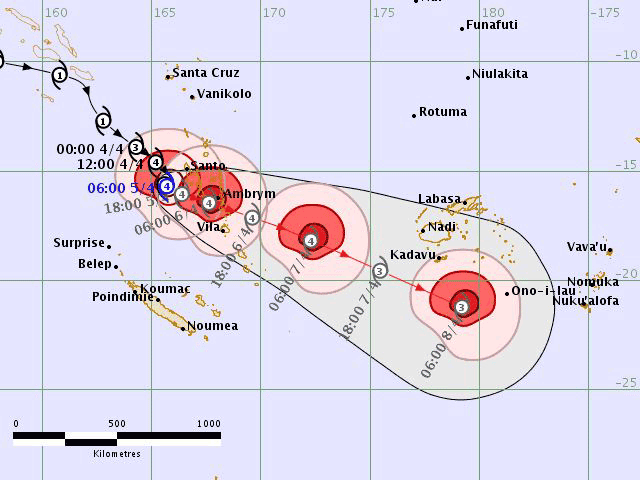
Vanuatu
Having claimed life in the Solomons, Harold continued on toward Vanuatu. Rapidly intensifying, it became a Category 5 storm before it stalled out west of Vanuatu as a ridge of high pressure halted its progress eastward. Dumping significant amounts of rain and bringing winds over 150 knots, Harold battered Vanuatu for days before finally making landfall and moving farther southeast. Particularly affected was the large island of Espiritu Santo. Some 70 percent of the structures in the nation’s second-largest city of Luganville have been damaged, with many buildings in the city of 16,500 reduced to their foundations. Official reports on lives lost and damage are understandably delayed.
Fiji
After its brief encounter with land in Vanuatu, Harold re-intensified and aimed at Fiji. The majority of local cruising yachts in western Fiji headed for the mangroves at Port Denarau, near the city of Nadi. This writer weathered the cyclone at the cruising hotspot of Musket Cove, all the way on the inside lagoon. Cruising yachts at both spots fared well, seeing winds of around and over 60 knots, though with virtually no sea state.
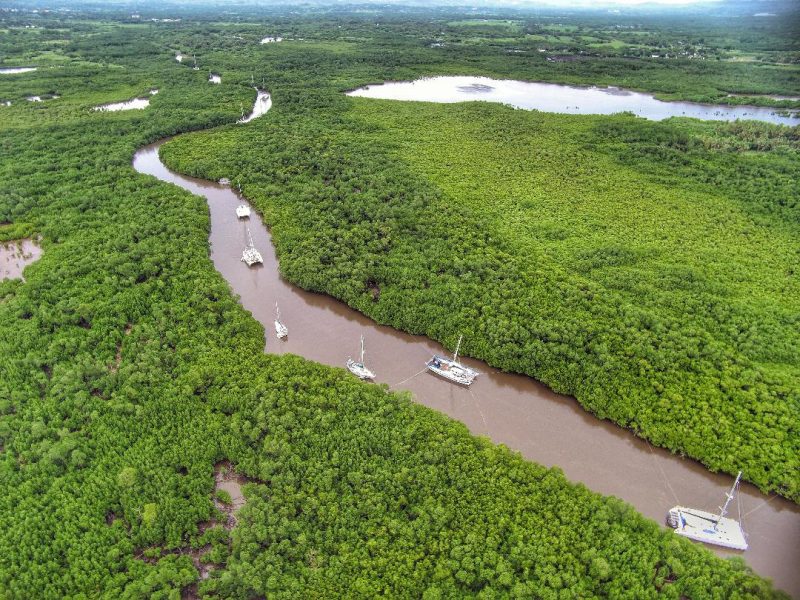
Port Denarau and Musket Cove themselves both suffered similar fates as (fortunately) empty and evacuated docks ripped apart during the intense conditions of the storm. Five miles away from Musket Cove, the famous surf and kiting resort at Namotu Island claims to have seen winds of around 100 mph. Incredibly, the surf-contest scoring tower at the world-famous wave ‘Cloudbreak’ — an iconic landmark that had stood at the reef for decades — is no longer there.
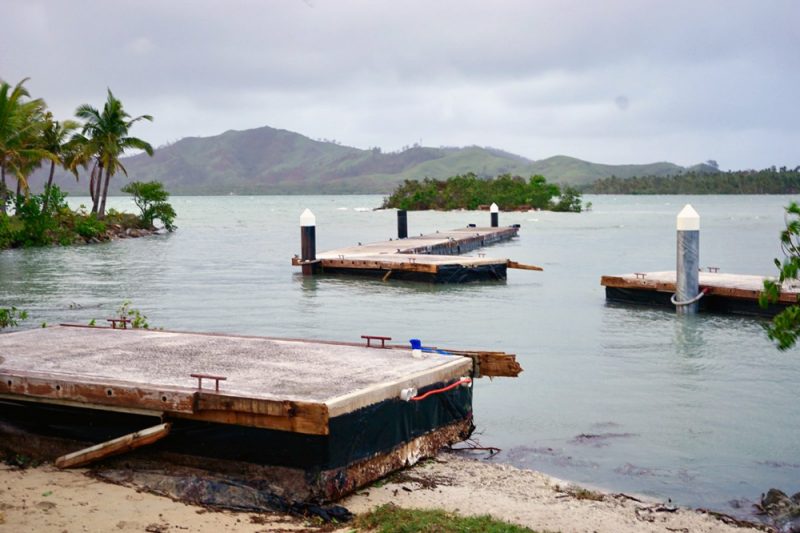
While Fiji’s main island of Viti Levu sustained a lot of damage, it was the fourth-largest island in the country, Kadavu, that got hit the hardest. Cyclone Harold basically rolled over the top of Kadavu as a strong Category 4, bringing devastating damage. As with the Solomons and Vanuatu, details out of Kadavu are slow to emerge, though relief and assessment efforts are already underway. As well as the cyclone, at least three tornadoes — very rare for Fiji — ripped through the country. One severely damaged a school and community. After Fiji, Harold made his way toward Tonga, where he again left a trail of destruction. The full extent of the damage won’t be known for some time yet.
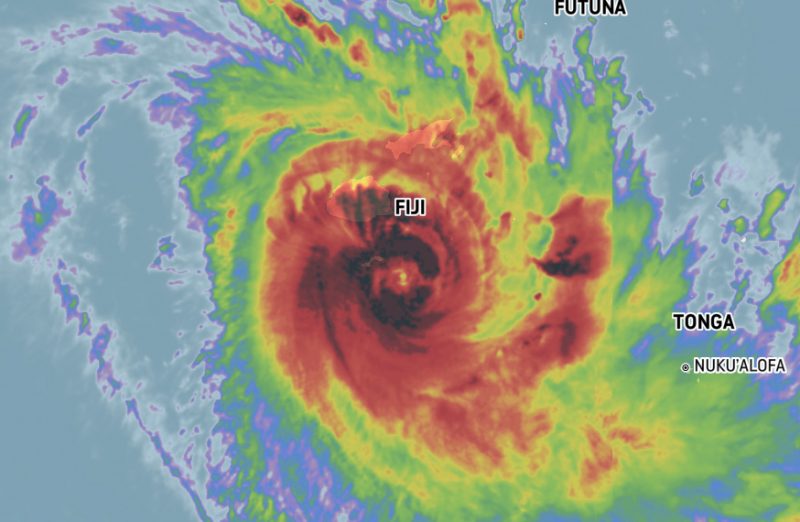
Tropical Cyclone Harold was an incredibly powerful and devastating storm in a region that is already dealing with the COVID-19 pandemic. With resources spread thin, neighboring countries such as Australia and New Zealand have already stepped up with much-needed support. Some cruisers in the local community (including this writer) are beginning to identify needs and how cruisers may play a role in also helping out. More on that in a future installment.
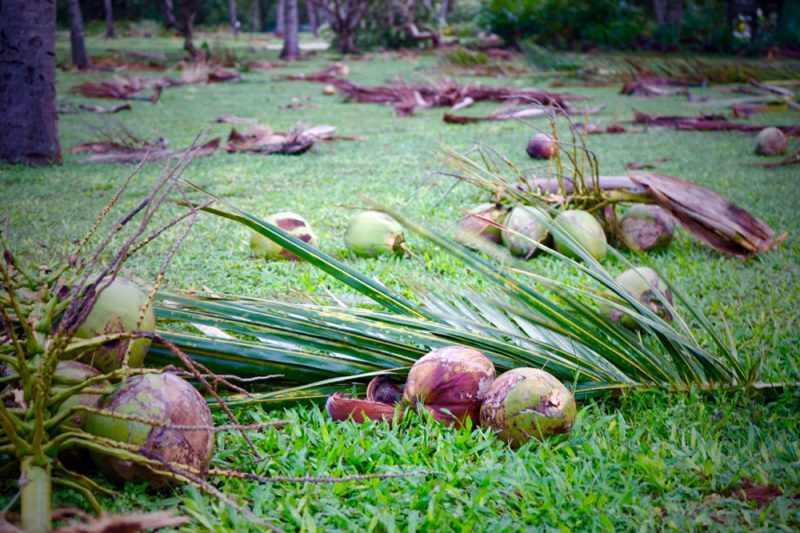
God bless Fiji.
